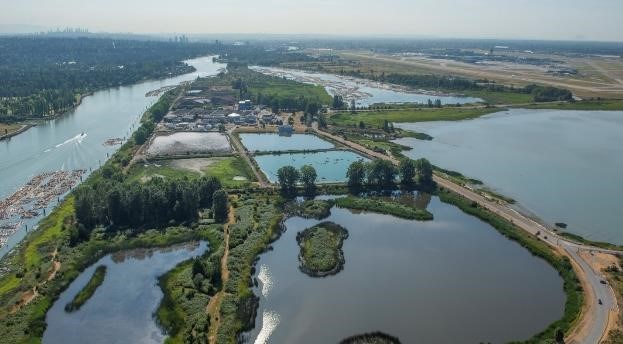A new tool has been launched for people to track online the amount of COVID-19 circulating in our wastewater.
Thanks to Metro Vancouver’s technology, Richmond residents can find out the viral load detected in untreated wastewater at each of the region’s five wastewater treatment plants, including the ones at Iona in the northwest of the city and Lulu Island in the south.
Metro Vancouver (MV) has been working with the BC Centre for Disease Control (BCCDC) and UBC to track the presence and trends of the virus in the region’s wastewater system through sampling and testing.
Residents can click on a specific wastewater treatment plant on a map to see a snapshot of the COVID trend for that area.
Each chart shows the amount of virus present per litre of wastewater that arrives at a wastewater treatment plant prior to treatment.
Results are sorted by sewerage areas, which are defined catchment areas around each wastewater treatment plant.
It should be noted that the virus that causes COVID-19 is non-infectious in feces and wastewater and wastewater testing does not show the number of people that are infected or contagious.
The data, said MV, will be provided weekly and is hoped to help health authorities to better understand the localized prevalence of the virus and to evaluate the effectiveness of public health measures intended to control transmission in the community.
“Despite the ongoing rollout of multiple vaccines within the region, we know that daily transmission rates remain relatively high and several variants of COVID-19 are within our communities,” said Sav Dhaliwal, chair of the Metro Vancouver board of directors.
“We are pleased to support the work of our local health authorities and university researchers in reaching a better understanding of the virus through innovative environmental testing at our facilities.”
Studies have demonstrated that approximately 50 per cent of COVID-19 cases have the virus in their feces, according to Dr. Natalie Prystajecky, program head, Environmental Microbiology, BCCDC Public Health Laboratory and clinical assistant professor, Pathology and Laboratory Medicine, UBC.
“Studying the virus in wastewater allows researchers to look at an entire population, rather than an individual person.”




